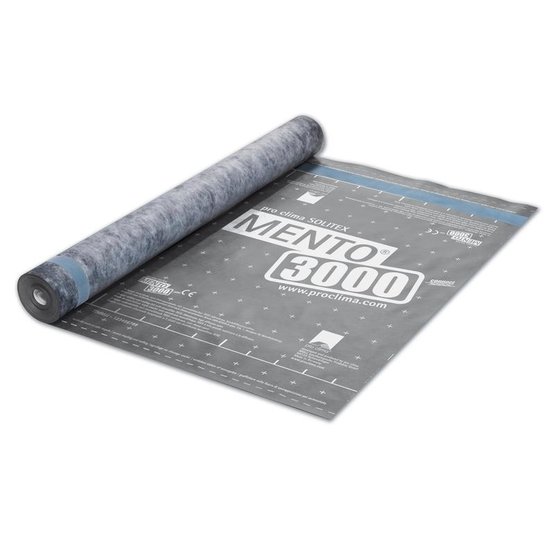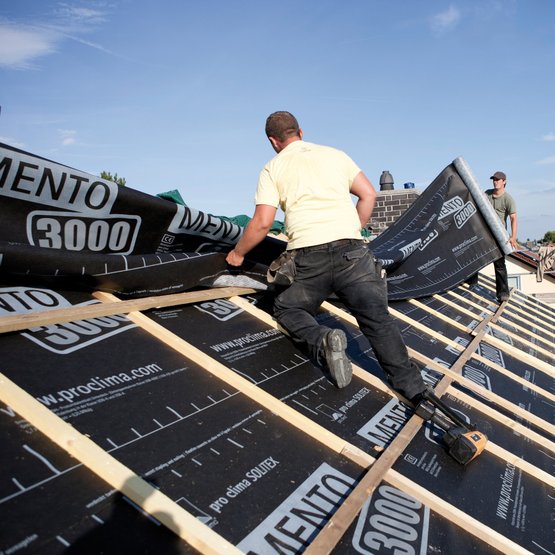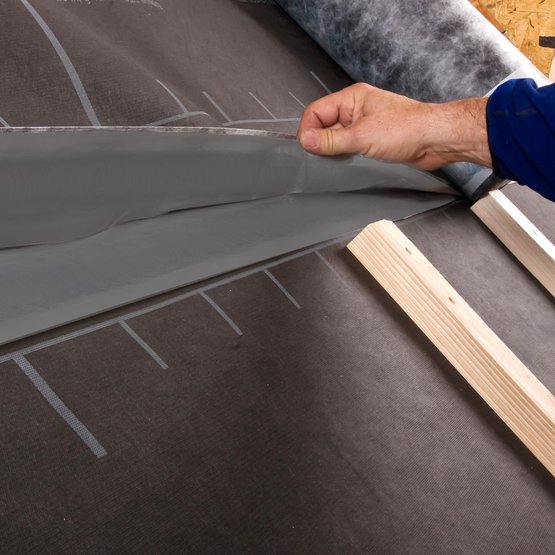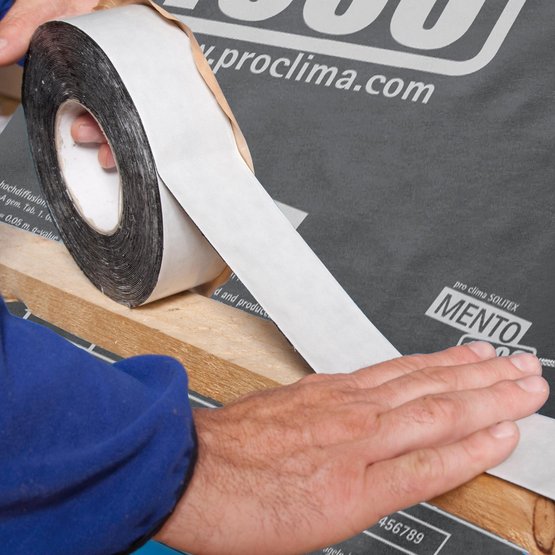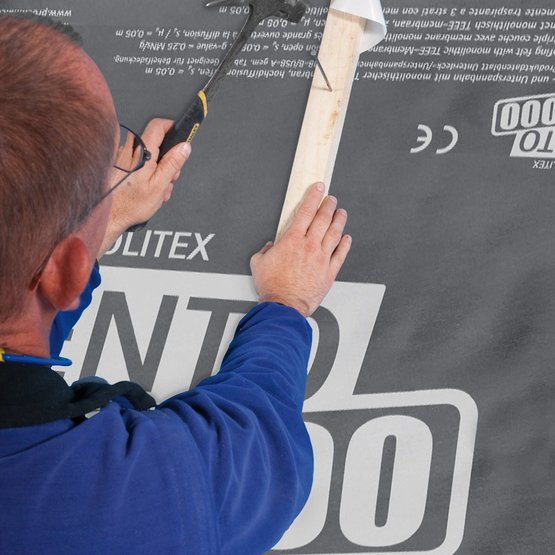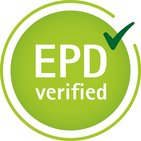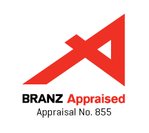Roof Weather-Resistive Barrier with Self-Adhesive Strips
Advantages
- Excellent UV resistance
- Highly vapour-permeable (Class 4)
- Long-term durability and high strength
- Weathertight & airtight weather-resistive barrier (WRB)
- Helps protect a building from condensation
- connect technology comes with two integrated self-adhesive strips
Areas of application
SOLITEX MENTO® 3000 connect provides superior weather and condensation protection for your roof under all weather conditions . With type R4 classification (NZS 2295), it is suitable to be used in self-supported applications up to and including extra high wind zones. SOLITEX MENTO® protects your roof and building envelope from the elements during construction while allowing any internal moisture to escape through the vapour permeable, non-porous TEEE layer.
SOLITEX MENTO® 3000 connect uses connect technology and has two integrated self-adhesive strips for easy installation.
Planning and construction guidelines
Areas of application
The membranes in the SOLITEX MENTO series can be used as roofing underlay membranes and as temporary coverings. They stop cold external air from flowing through the building structure and ensure that the thermal insulation works in an optimal manner.
- For ventilated pitched roofs – see applicable national regulations for permissible roof pitches
- Self supporting or else installed directly onto even subsurfaces such as all mat or panel-shaped thermal insulation materials, wood-based panels or solid-wood boarding, for example
- Suitable as a temporary covering during the construction phase in accordance with the applicable national regulations
Use as a temporary covering
SOLITEX MENTO membranes can be used as temporary covering for up to 3 months to protect the building structure during the construction phase.
The minimum pitch for the use of SOLITEX MENTO membranes is 3 degrees, as per Clause E2 of the NZBC. For more information contact your local pro clima representative.
System adhesive tapes and adhesives should be used to stick overlaps and joints.
- The ‘connect‘ variants have two self-adhesive sections for reliable external sealing.
Dark marks may form on the membrane as a result of rainwater. These have no influence on the high level of watertightness and the effectiveness of the interior membrane, it is just water absorbing into the outer fleece layer
No rear ventilation of the insulation layer is necessary
pro clima SOLITEX roofing underlay membranes can be installed directly onto the thermal insulation in all cases, as they are non-porous, i.e. the insulation material can fill the full depth of the rafters.
In the case of non-insulated attics, it is advantageous to provide hip and ridge ventilation in order to ventilate the attic space.
Increased indoor humidity
These highly permeable membranes allow moisture to dry out of the structure to the outside more easily and more quickly. This is advantageous both during the construction phase and during normal use (if moisture contained in the indoor air penetrates into the structure by diffusion or convection).
As a rule, moisture that arises due to construction work should be able to escape the building structure quickly by ventilation through open windows. Dryers can help to speed up the drying process in wintertime. This helps to avoid permanently high levels of relative humidity.
No ‘tent effect’
Non-porous SOLITEX membranes offer optimum watertightness against driving rain. The membrane can be installed over the surface of insulation materials or onto the roof sheathing/sarking. A tent effect is reliably prevented by the monolithic functional film and the multi-layer structure. The term ‘tent effect’ describes the phenomenon whereby waterproof tent sheets allow large amounts of moisture into tents at points where they are in contact with inside objects.
Rainproof roofing underlays
These membranes may be used as temporary coverings and additional rain-protection measures, in accordance with the locally applicable regulations.
Approval and composition
The special membranes in the SOLITEX roofing underlay series are made of a thermoplastic elastomer ether-ester; the protective and covering fleeces are made of polypropylene.
All SOLITEX membranes have been tested in accordance with the requirements of EN 13859-1 and the relevant clauses within the NZ Building Code' or NZS 2295, or relevant local standard. They have the CE label.
Technical support
If you have questions on applications, please contact pro clima Technical Support.


